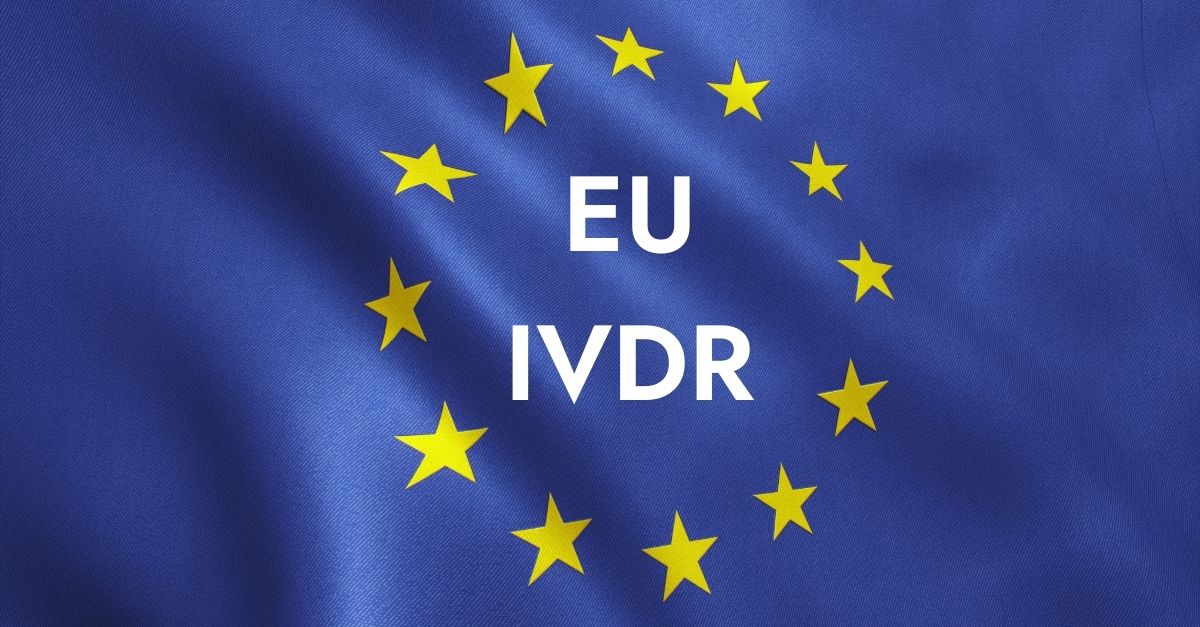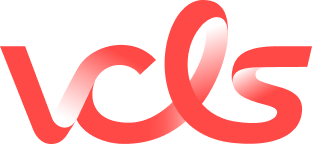IVD Directive to IVD Regulation (EU 2017/746) Transition – 8 Months Remaining

Published on: Sept 24th, 2021
IVD Regulation Postponement
Today 14th October 2021 the European Commission has issued a Question and Answers press release on the progressive roll-out of the new In Vitro Diagnostic Medical Devices Regulation:
https://ec.europa.eu/commission/presscorner/detail/en/qanda_21_5210
“Progressive roll-out” is in effect a postponement of compliance to the IVD Regulation for most categories of device. Reasons for the proposed longer transition periods are cited as; minimal designated Notified Bodies, lack of capacity within Notified Bodies and continuing effects of the pandemic.
What does this mean to manufacturers? The new proposed transition dates are summarised here:
-
Class A IVD devices (e.g. non directly-diagnosing instruments), no change, The general application date of the Regulation remains 26 May 2022
-
Class D IVD devices (e.g. devices for high risk diseases such as Covid), May 2025
-
Class C IVD devices (e.g. companion diagnostic devices), May 2026
-
Class B and sterile Class A device, May 2027
Additionally, Laboratory-Developed Test (LDTs) or “In-House Devices” also receive an extension:
-
May 2024 – for all LDTs
-
May 2028 – for LDTs where there are no equivalent CE marked devices available
Manufacturers firstly should ensure that their device classification is up to date with the Regulation and secondly check that their current prioritization list is still valid. For example, some manufacturers may wish to accelerate Class A device compliance over higher risk devices to ensure the original date of 26th May 2022 is still met.
With a little over eight months remaining for the transition to the IVD Regulation, what should manufacturers be focussing on in order to meet this deadline? The table below is a reminder about some of the changes and gives some indication of the scale of the work involved:
| IVD Directive | IVD Regulation |
| ~37 pages | ~157 pages |
| Classification based on lists | Four levels of classification based on 7 Rules |
| ~85% of devices self-certification | ~85% of devices require Notified Body approval (Class B, C and D) |
| Self-certification route to market is relatively fast | Notified Body approval is slower and more costly |
| Straightforward scope/categories (professional use or self-test) | Scope/category extension to include Companion Diagnostics, Point of Care (or Near-Patient Testing) |
| “Software” mentioned 4 times | “Software” mentioned more than 40 times |
| Performance Evaluation well understood in the industry | Much wider concept of Clinical Evidence made of three separate parts: Scientific Validity, Analytical Performance and Clinical Performance |
Let’s consider some key focus areas:
Classification
The first recommended step would be to ensure that every product falls within the scope of the Regulation, for example, products intended use? and labelled as Research Use Only, (general) Laboratory Use Only or for veterinary use are not IVD medical devices and do not fall within the scope of the IVD Regulation. The definition of an IVD medical device may be found in Article 2 (2) of the Regulation. Classification of software used together with a medical device can be difficult but important considerations include; where data has been derived from, is the software directly in the diagnosis workflow or is the software an accessory?
Secondly, do you intend to transition all devices from the Directive to the Regulation? For legacy devices with declining sales and limited historical data, the cost of compliance may ultimately outweigh the benefit of keeping the device on the market or at least offer some guidance on prioritization.
For devices that do need to be transitioned to the Regulation the Intended Purpose is key to classification. Article 2 (12) of the Regulation defines Intended purpose as follows:
‘intended purpose’ means the use for which a device is intended according to the data supplied by the manufacturer on the label, in the instructions for use or in promotional or sales materials or statements or as specified by the manufacturer in the performance evaluation;
If a device has more than one intended purpose, then the highest class applies and likewise if more than one rule applies then again the highest classification is applied.
The rules and the detail for classification can be found in Annex VIII of the Regulation, including section
-
(Implementing Rules) which contain some important information covering devices used in combination with others, accessories and software:
-
If the device in question is intended to be used in combination with another device, the classification rules shall apply separately to each of the devices
-
Accessories for an in vitro diagnostic medical device shall be classified in their own right separately from the device with which they are used
-
Software, which drives a device or influences the use of a device, shall fall within the same class as the device. If the software is independent of any other device, it shall be classified in its own right.
-
Detailed guidance on classification is available from the Medical Device Coordination Group.
Notified Bodies and Quality Management System
With the huge shift away from self-certification under the Directive to the much larger involvement of Notified Bodies under the Regulation, the expected workload has increased dramatically. Additionally, the total capacity within the IVD regulatory system is further constrained because the number of designated Notified Bodies has been reduced from more than 20 under the Directive to just (at the time of writing) 6 under the Regulation.
The list of designated Notified Bodies can be found here.
This means that if you have not contacted your Notified Body yet you must do so without delay to ensure sufficient preparation time to meet the transition date.
Making sure that your Quality Management System is compliant with the new requirements of the Regulation is another important step that takes time to implement. Some of the new areas that need to be addressed are as follows:
-
Manufacturers, authorized representatives, importers and distributors (Economic Operators) will have to be registered on EUDAMED which is the EU’s database, therefore a procedure will need to be in place to cover this registration
-
The definition of and roles and responsibilities of each Economic Operator will need to be specified within the QMS as will the new position of PRRC (Person Responsible for Regulatory Compliance). Additionally, Quality and Service Agreements between Economic Operators will need to be established and kept up to date
-
Although an existing QMS based on ISO 13485:2016 is likely to include a procedure for controlling external standards it may need to be updated to also include reference to common specifications as per Article 9 of the Regulation. Common specifications, if applicable, will influence GSPR, Technical Documentation and Performance Evaluation.
-
The requirements for Post Market Surveillance (PMS) under the Regulation have expanded considerably. There is more emphasis on pro-active data collection and ensuring that devices remain “State of the Art”.
Other Focus Areas
-
Summary of Safety and Performance (SSP): with much more emphasis on clinical evidence within the Regulation (particularly if you are focusing on Annex XIII) it may be easy to overlook Article 29 which sets out the requirements to provide public access to safety and performance data for Class C and D devices. As the data is aimed at both the public and healthcare professionals the language is likely to be different to what might already exist within the device technical documentation. The SSP needs to be validated by a Notified Body, updated annually and made available to the public via EUDAMED.
-
With much more emphasis on Post Market Surveillance within the Regulation, planning for adequate resourcing needs to happen sooner rather than later as, depending on the device classification, the ongoing requirements will be at least double what they were under the Directive. Furthermore, as the reporting timeframe for serious incidents has been reduced from 30 (under the Directive) to 15 days under the Regulation (Article 82), efficient and robust procedures and agreements need to be in place.
-
Performance Evaluation is now a continuous process under the regulation. It is part of the technical documentation and should be updated throughout the life cycle of the device, and pulling together; Scientific Validity, Analytical Performance and Clinical Performance (Clinical Evidence) at the pre-market phase and elements of PMS including vigilance and Post-Market Performance Follow Up (PMPF) after device launch. Each element described requires a plan and a report and the over-arching Performance Evaluation Report includes the following:
-
Intended purpose, technology
-
Literature search methodology
-
Justification for the method used to assemble clinical evidence
-
Inputs from PMPF report
-
Is Transition Delay a Possibility?
You may have noted growing concern within the industry about the looming transition date of 26th May 2022, indeed several key stakeholders have been calling for action and/or delay for some time:
MedTech Europe Position Paper (July 2020)
Several factors, including of course the COVID-19 pandemic has had a major impact on readiness for the transition across the industry; Medtech’s Position Paper highlights numerous areas including:
-
Limited number of designated Notified Bodies
-
Delays for on-site QMS audits
-
Increasing supply chain complexity
-
Clinical study delays.
The above is in addition to the anticipated large increase in workloads at Designated Notified Bodies brought about by the switch away from self-certification under the Directive.
So is it reasonable to assume that implementation of IVDR will be delayed?
There is currently no signal from the European Commission indicating a possible delay:
June 2021 – European Commission: Joint implementation and preparedness plan
Although postponement of the MDR implementation was announced less than two months before the planned transition date, under the circumstances, the best course of action would be to continue planning for transition in May 2022.
To help understand where you are with your transition planning you may wish to download our checklist which covers areas such as:
-
Device classification
-
CE mark certification validity date
-
Economic Operators
-
Status of Clinical Evidence
-
Technical Documentation
-
Post Market Surveillance Planning.

Questions? Get the answer by our expert team
No two product developments are the same, talk to our experts about your development challenges and we will provide your actional recommendations.

